The myths that hold us back
Outside the Delta Kingston Waterfront Hotel, location for this year's OSWCA Conference. (Photo via Lake Ontario Waterkeeper)
Waterkeeper’s VP Krystyn Tully was recently featured as a guest speaker at the Ontario Sewer and Watermain Construction Association (OSWCA) Conference in Kingston. Since improving infrastructure and protecting the lake are shared goals, Krystyn explained why our “Swim Drink Fish” mantra is so important to understand. Krystyn also shared common myths and why a discussion around protecting waterways can be challenging.
It’s no secret that sewage and stormwater infrastructure in Canada needs work. According to the Canadian Infrastructure Report Card, more than 20% of the country’s water infrastructure is in poor condition, and that figure is increasing. Wastewater infrastructure alone will cost $26-billion to fix, not counting expansion or modernization costs.
These common myths are part of the problem. How many have you heard?
MYTH #1: There is no problem… but if there is a problem, it’s not that bad.
FACT: Yes, there is a problem.
The water that keeps our communities alive is also making us sick. We need to listen and be respectful of what people on the water are reporting. We need to consider their needs and interests first and foremost.
The truth is, people don’t want to swim or boat in sewage, algae, and plastic. They want to feel confident in their drinking water supply. They want to be able to eat food from their watershed. And they have that right.
MYTH #2: You can solve the problem by steering people away from pollution.
FACT: People are always going to go in the water.
For years, government put up more and more signs telling people “no swimming” or “no fishing.” After all, you can’t contract a waterborne illness if you aren’t allowed near the water.
With population growth, shrinking wilderness, and a rediscovery of our waterfronts, people are returning to the water in droves. Between 1996 and 2012, beach use nearly doubled in Canada – half of the population now visits a beach every year.
As visits to the waterfront increase, it becomes obvious that the signs don’t work. If it’s 30 degrees and sunny, people are going in the water. If they own a surfboard or rented a kayak for the day, they’re going in the water. If they so much as see other people in the water, they’re going in the water.
People want to swim. They have a right to swim. It makes for healthier individuals and stronger communities when they do swim. The least we can do is ensure the water that awaits them is clean.
MYTH #3: We can't afford to do better.
FACT: Communities that invest less pay more.
The longer you delay repairs and upgrades, the more they will cost.
On top of that, you have opportunity costs – essentially, the cost of what we are giving up. You might be saving money on infrastructure investment in the short-term, but the “cost” doesn’t disappear. The cost is borne by citizens who can't swim at public beaches. The cost is borne by anglers who catch, handle and eat contaminated fish. The cost is borne by municipalities earning less tax revenue because their waterways and waterfronts are notoriously contaminated. In short, the costs are borne by everyone and everything that government standards are supposed to be protecting.
MYTH #4: People don’t care.
FACT: People value water, they just don’t have all the information they need.
Don’t confuse lack of information or lack of awareness for lack of care. As RBC found in a recent survey, most Canadians don’t know that our water systems require major investment. Forty-percent (40%) admit to having no knowledge of the condition of our water systems whatsoever.
But that doesn’t mean they don’t care. The overwhelming outcry in response to Montreal’s recent sewage dump is a case in point. So is Swim Guide. With over half-a-million users and virtually no advertising or promotion budget, Swim Guide is a powerful testament to the public’s desire for facts about their local beach.
Our job is to get them the information they need, when they want it, in a format that is easy for them to understand.
Because they do care.
L-R: OSWCA Board of Directors member, Sam Morra, Waterkeeper's VP Krystyn Tully, and OSWCA Executive Director, Giovanni Cautillo.
Toronto! Catch Krystyn Tully speaking at upcoming events on February 4 and February 6.
Waterkeeper Mark Mattson is also speaking this week in Orillia at the Couchiching Conservancy AGM.
All events are open to the public. Hope to see you there!


